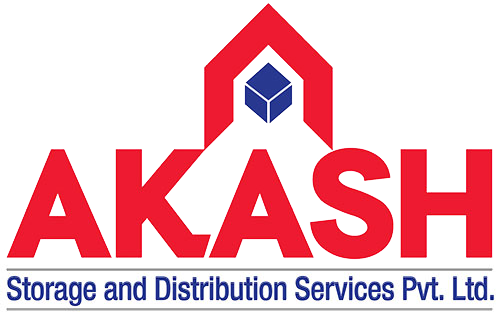Introduction
The world of warehousing has undergone a transformative journey, evolving from traditional storage spaces to high-tech hubs of efficiency through modern warehousing. Additionally in recent years, revolutionizing 3PL technological advancements have played a pivotal role in reshaping the way goods are stored, managed and distributed. From smart automation and robotics to cutting-edge inventory management systems. This blog delves into the most recent technological developments in warehousing that are revolutionizing the industry.

Robotics and Automation in modern warehousing
One of the most significant trends in revolutionizing modern warehousing is the integration of robotics and automation. These technologies have brought about immense improvements in productivity, accuracy and cost-effectiveness. Automated guided vehicles (AGVs) are now commonly used to move goods efficiently within the warehouse. They are equipped with sensors and can navigate autonomously, reducing the need for manual labor and minimizing the risk of human error.
Additionally, robotic arms and pick-and-place systems are streamlining order fulfilment processes. These robots can efficiently handle tasks like picking, packing, and palletizing, optimizing the speed and accuracy of order processing. By implementing robotics and automation, warehouses can achieve higher throughput, reduced operational costs and an overall improvement in customer satisfaction.

Internet of Things (IoT) and Sensors modern warehousing
The Internet of Things has permeated nearly every aspect of modern life, and warehousing is no exception. IoT-enabled devices and sensors have opened up a realm of possibilities for enhancing warehouse operations. These devices can monitor inventory levels, track the movement of goods and provide real-time data on environmental conditions like temperature and humidity.
With IoT, warehouses can ensure optimal inventory management by automating the replenishment process and preventing stock outs or overstock situations. Additionally, real-time tracking enables businesses to offer accurate order status updates to customers, enhancing transparency and trust.

Warehouse Management Systems (WMS)
Sophisticated Warehouse Management Systems have become indispensable tools for efficiently running large-scale distribution center’s. These software solutions provide comprehensive control and visibility over inventory, orders and workforce. WMS incorporates functions such as inventory tracking, order processing, and labor management.
The latest advancements in WMS leverage artificial intelligence and machine learning algorithms to optimize warehouse operations further. Predictive analytics can forecast demand patterns, enabling warehouses to allocate resources more efficiently. Furthermore, machine learning algorithms help in route optimization for order picking, reducing travel time and maximizing productivity.
Augmented Reality (AR) and Virtual Reality (VR)
AR and VR technologies are making significant strides in revolutionizing training processes within the warehousing industry. With complex machinery and procedures to handle, training new employees can be time-consuming and costly. However, AR and VR solutions offer immersive and interactive training experiences.
Through AR-powered smart glasses or VR simulations, trainees can learn and practice warehouse operations in a safe and controlled virtual environment. This not only expedites the learning process but also reduces the chances of accidents caused by inexperienced employees.

Conclusion
The warehousing landscape is undergoing a remarkable transformation, driven by cutting-edge technologies. From robotic automation and IoT-enabled sensors to advanced WMS and AR/VR training solutions, each development contributes to increased efficiency, accuracy and overall productivity. As these technologies continue to evolve, warehouses will become even more streamlined and capable of meeting the demands of a fast-paced and dynamic supply chain environment.

In the near future, we can expect to see even more integration of artificial intelligence and machine learning, further enhancing the predictive capabilities of warehousing systems. As technology continues to push the boundaries of what is possible, the future of warehousing looks brighter than ever before.
